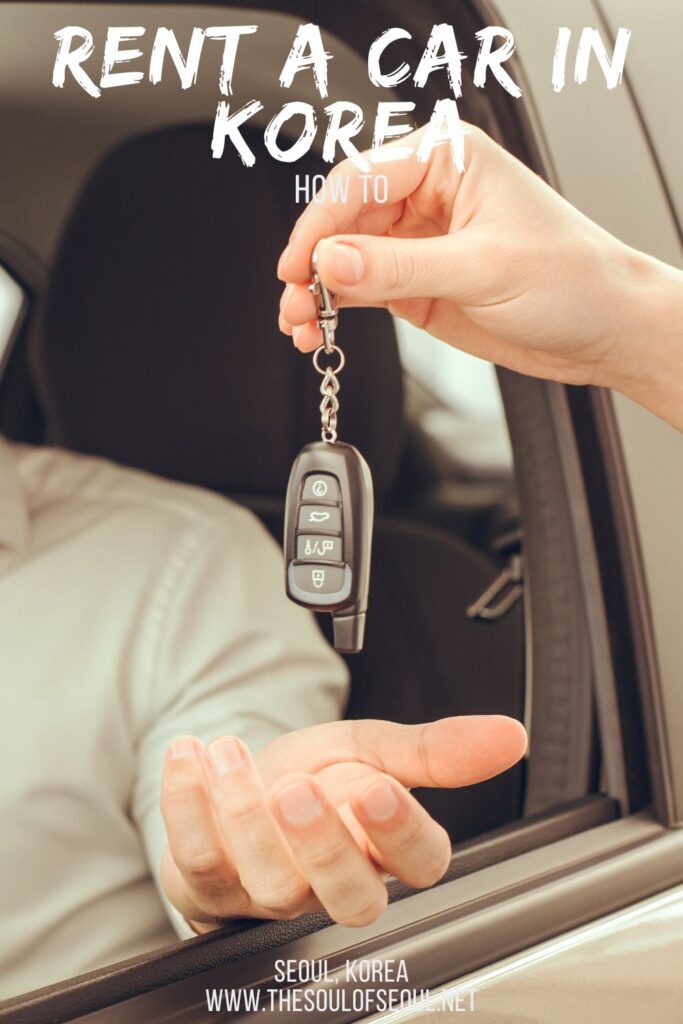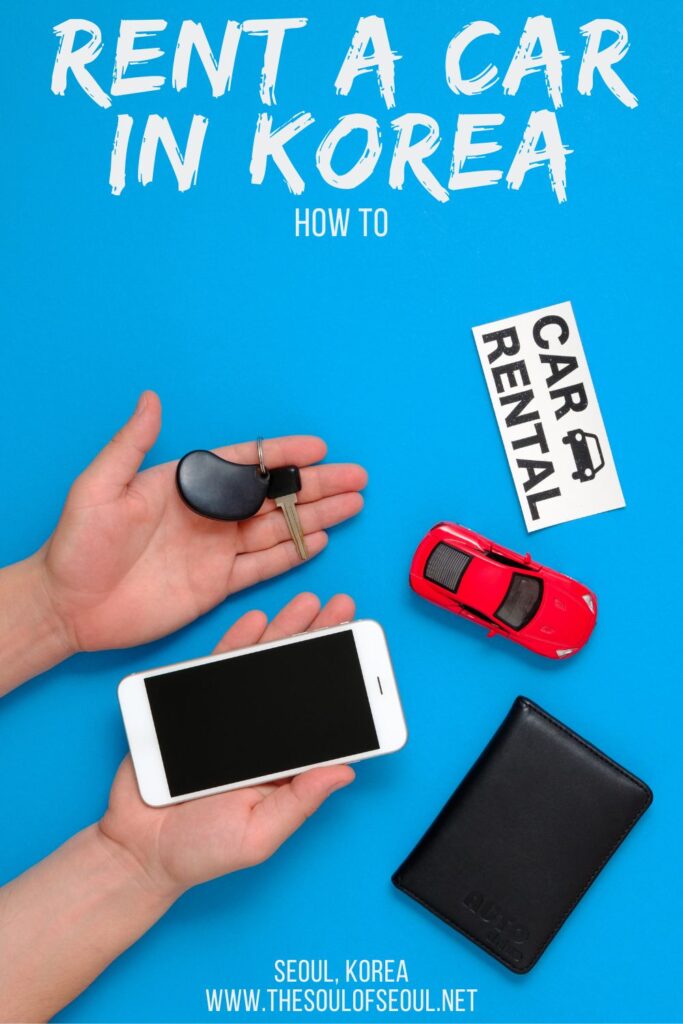How To Rent A Car In Korea: From Seoul To Jeju
Last Updated on October 25, 2023
Travel around Seoul for a week or more and you’ll quickly realize that a car is NOT the way you want to go. The traffic can be horrendous and with an amazingly huge subway system that can get you throughout the city and even out to suburbs and islands nearby, why take a car? Well, once you’re out of the city, and definitely if you plan to visit Jeju Island, you quickly realize that your own transportation is really ideal.
Trains and buses can get you to most of the major hot spots and must see places in South Korea, but there are a ton of hidden gems in Korea that are best found with a car. If you’re looking to see more of Korea, here is your guide to renting a car while you’re here.
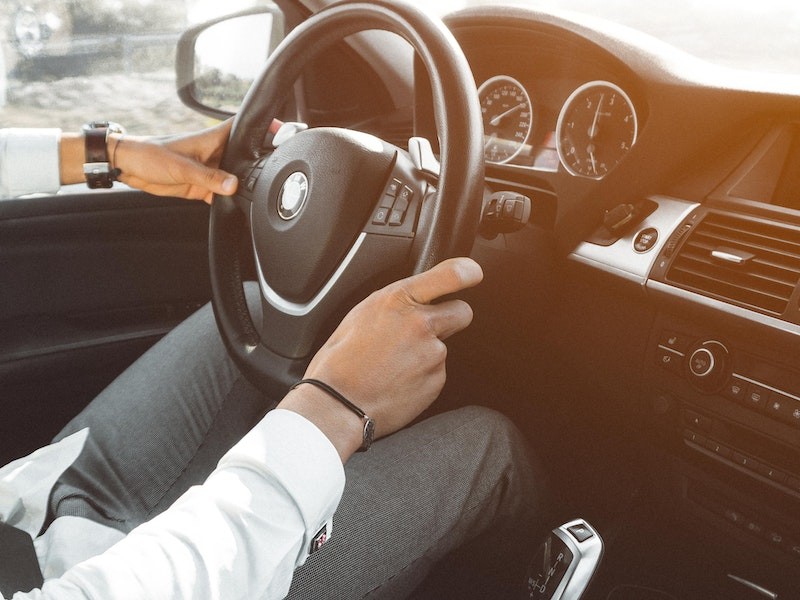
How to rent a car in Korea:
- Reasons to rent a car in Korea
- Tips for driving in Korea
- How much does it cost to rent a car in Korea?
- Are you a tourist? Or a resident?
- What you need to rent a car
- Websites for booking a rental car in Korea
- One Way Rentals
- Korean Navigation Apps
- Speed Limits in Korea
- Tolls
- Gas Stations
- Additional Driver
- Child Car Seats
(This post contains affiliate links, which means I receive a certain percentage of a sale if you purchase after clicking at no cost to you. Thank you for your support.)
Reasons to rent a car in Korea
- Gives flexibility to travel. If you’re like us, you have a kid who wakes up at the crack of dawn so might as well hit the road. If you’re not like us, maybe you’re hungover from that late night out and don’t want to have to wake up for the one morning bus available to get to your destination. Whatever is the reason for wanting flexibility, a rental car provides that.
- Can find the hidden gems. I do NOT recommend renting a car while you’re in Seoul at all. Traffic can be terrible if you’re not a local like me who knows how to reroute myself and parking prices can be a lot. BUT, once you’re outside of Seoul, a car is very helpful for getting to some of the best places.
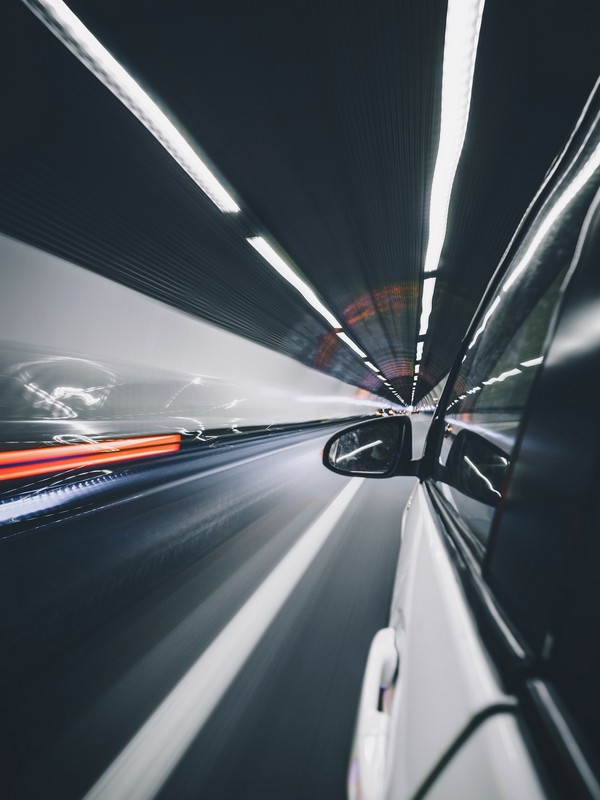
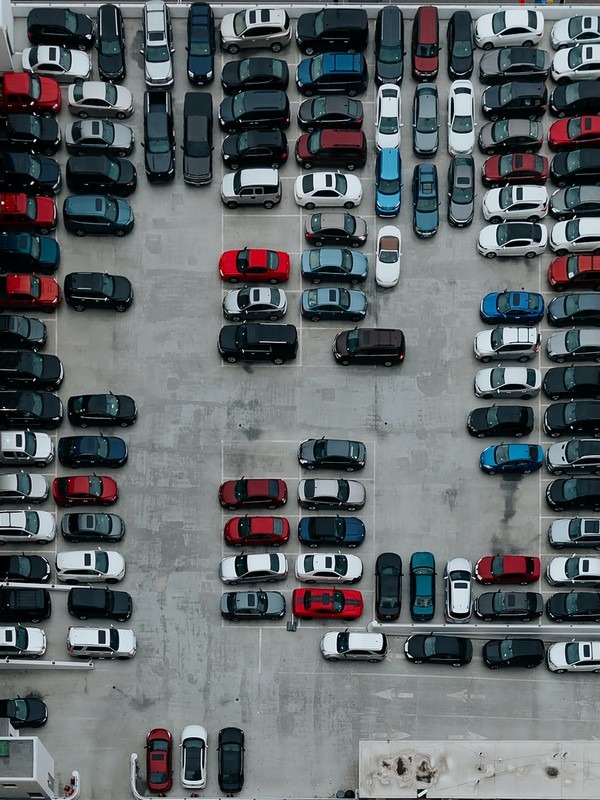
Tips for driving in Korea
- Koreans drive on the right hand side of the road.
- Road signs are generally in Korean and English so even if you don’t read Korean, you can still find your way.
- The roads in Seoul can be crazy with aggressive city drivers, but once you’re outside of the city, it calms right down. The roads are open and quite safe generally. There are speed cameras on the highways so don’t expect to get pulled over for speeding, but you will get caught if you are so keep that in mind.
- Speed cameras everywhere. There are a TON of speed cameras in Korea. They are just everywhere so make sure you’re following the speed limits. On the highway, there are speed zones that both check you at the moment but some that average the speed so you can’t speed between two sections. FYI, most of the navigation apps will warn you well ahead of time with an annoying dinging sound when the speed cameras are approaching.
- Most cars in Korea are automatic so don’t worry if you don’t drive manual.
- Koreans generally park by pulling in trunk first so don’t be surprised when you pull into the parking lots. Now is the time to practice that pull in backwards parking.
- Koreans use their hazard lights for a lot of things. This took my by surprise as I don’t think I used mine once in my many years of driving in the US. Hazard lights can be used to warn fellow drivers of sudden stopping, to say thank you when someone lets you in, to say sorry if you take over another driver, and of course, in actual hazards.
- South Korea’s drunk driving blood alcohol limit is extremely low. At 0.03%, you really can’t have any alcohol to drive legally on the road. You really shouldn’t anyway, but just be aware that the legal limit is lower than you might expect.
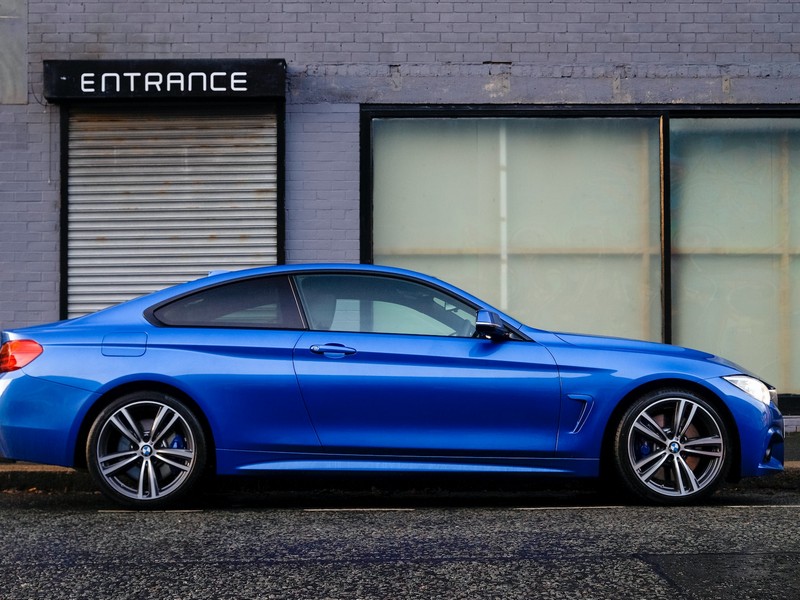
How much does it cost to rent a car in Korea?
On average, a rental car costs $85 a day for a rental in Korea. If you want to find the deals, airport car rentals tend to be 26% more expensive than off-airport rental shops. On top of that, mini rental cars are 57% cheaper than other car types.
Are you a tourist? Or a resident?
There are a few caveats with renting a car in Korea and they have to do with whether you are a tourist or are a long term resident. And long term, in this case, doesn’t mean 15 years like me, but just means any foreigner that has an ARC, or residential visa. This is important to keep in mind when reading the procedure below.
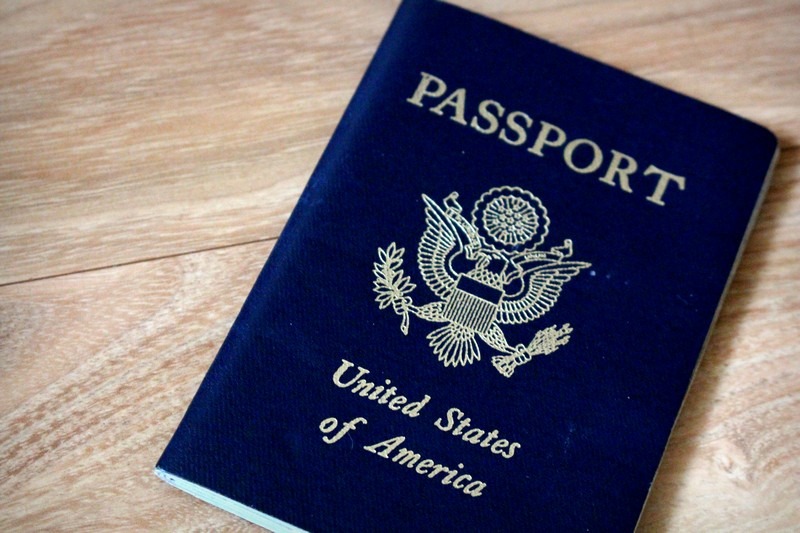
What you need to rent a car
Driver’s License + International Driving Permit*
For Tourists: You need to have a valid driver’s license along with a valid International Driver’s Permit that was issued in the same country as your license. Also, though the driving age might be different in your home country, you need to be 21 years old and have been driving a car for at least a year to be eligible.
For Residents: If you have an ARC, technically, you cannot use an IDP but need to have a local driver’s license. Make sure you look into how to get your Korean driver’s license either by exchanging yours or testing. There are some rental companies that either don’t know the rules fully, or just assume all foreigners are tourists and will let you slide with your IDP and foreign driver’s license but if something should happen on the road, be aware that as a resident, you need to have your Korean driver’s license if you plan to drive.
Passport/ARC*
If you’re a tourist, make sure you also have your passport. If you’re a resident, you should be able to just show your ARC. I will say that when I went to Jeju Island recently and rocked up with my ARC, they were confused and asked for my passport which I hadn’t taken as traveling from the mainland to Jeju doesn’t require a passport being domestic travel and all. The staff had to call their manager to confirm that I did indeed not need my passport. I’m sure they’re just used to seeing foreigners as tourists and not residents. Just know that you don’t need your passport as a resident.
Credit Card
A credit card is mandatory for payment. Debit cards and cash will not be accepted for payment.
Websites for booking a rental car in Korea
There are a ton of rental companies in Korea, so take advantage of the aggregate sites to compare fully.
RentalCars: RentalCars has a great selection of rental car options and provides competitive pricing. You can very quickly and easily compare the various companies and availability and booking through them is super easy. You can get all of the necessary information you need regarding pricing, car details, insurance included and cancellation policies.
QEEQ: This popular rental car website has great competitive rates and similarly to RentalCars, provides all of the necessary information on pricing, car details, insurance included, and cancellation policies. They’re a popular Hong Kong based company that now has offices worldwide.
Klook: If you’re already booking your day trips and tours on Klook, then also look into their car rental options. Also founded in Hong Kong, Klook started for tours and packages, but now has rental car companies like Hertz, Avis, and Alamo available.
Lotte Rent-a-Car: Lotte owns just about everything including Korea’s largest rental car company. Lotte is the local Hertz partner as well FYI.

One Way Rentals
I have gotten a lot of questions from people regarding one way rentals for some reason. Well, I know the reason. They’re looking to get from Seoul to the southern coast and then take a ferry or flight to Jeju Island and thus don’t need the car anymore. This sounds like a good idea in theory, but it’s quite difficult to arrange a one way rental in Korea and it will definitely be more expensive.
As a note about Jeju, I wouldn’t recommend renting a car on the mainland and taking the car ferry to Jeju. That is very expensive. You’ll save money by just renting a car ON Jeju Island.
Korean Navigation Apps
The rental cars I’ve used in Korea all had navigation systems built in and they can be changed to English if you ask your rental car staff before you drive away. Get them to do it before you drive away because doing it on your own will be tough if you don’t read Korean.
Naver Maps: Naver is the most popular navigation app in Korea. You need to have an active phone service in order set up the app so either download it and set it up when you’re still home, or do it once you’ve gotten to Korea and obtained a local Korea SIM card or get a Korean eSIM.
Kakao Maps: Personally, I prefer Kakao Maps. To each their own really. Among Koreans, you have the Naver users and the Kakao users. You can download both apps and see which one you like better before getting on the road.
Google Maps: I don’t recommend using Google Maps in Korea. It can get you to general locations just fine but doesn’t have the detail you really need everywhere, especially if you plan to go off the beaten path and into the countryside.
Speed Limits in Korea
- Roads within city limits: no more than 60 km/h
- Outside city limits: 80 km/h
- Within school zones: 30 km/h
- Motorways: 90 km/h
- Highways: maximum speed can be up to 120 km/h
Tolls
Once you hit the roads, you’ll find that there are a lot of tolls. Your rental car may or may not come with a toll tag so make sure you know if it does or doesn’t. If it does, you can fly through the Hi-Pass lanes which are marked in light blue so you can tell them apart. If your car doesn’t have a toll tag, make sure to have cash on you to use at tolls. Residents may find that some of their local bank cards will work, but not all of them will as I found out the hard way. Just make sure you have some cash on hand in case if you don’t know which cards will work or not. If you’re a tourist, definitely take cash.
Tolls can be either fixed price while some are based off of the distance traveled. For the distance traveled, you will go through a toll and get a ticket first and then at the next pay. For the fixed price, don’t go searching for that card, you won’t find it. Just pay when you get up there. If you want more information on tolls and how they work, check out this great guide to the Korean expressway by South of Seoul.
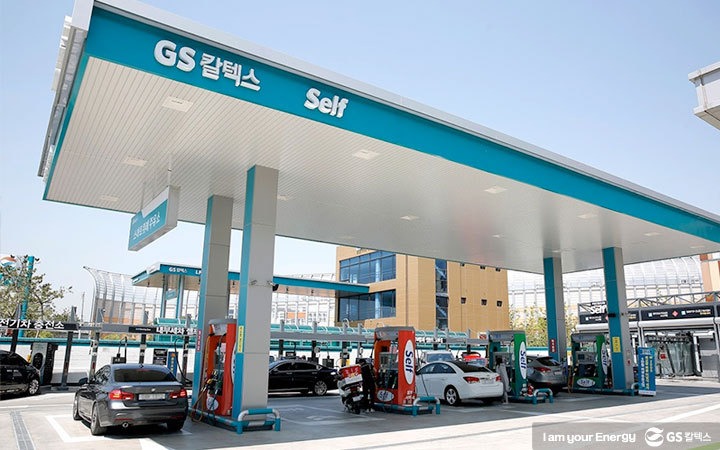
Gas Stations
Previous to about 2020, almost all of the service stations were staffed so that no one pumped their own gas. Minimum wage went up and gas stations decided to let go of their staff unfortunately. It was actually quite humorous because so many people had really never pumped their own gas. Being American, I definitely knew how to pump gas but absolutely didn’t have the Korean vocab for diesel or unleaded gasoline. Just so you know, the machines are only in Korean, but they do accept most credit cards.
There will always be someone who is staffing the station so if you don’t trust yourself on the machine, go find the attendant to help you.
Words to know:
- diesel: 경유 (gyeong-yu)
- gasoline: 휘발유 (hwibal-yu)
I met an attendant in Yeonhui-dong who told me when I first started pumping a little trick just in case: the number of syllables in Korean and English for what you want is the same. Diesel is two syllables in Korean too and gasoline is three syllables so even if you can’t read Korean, look for three groups of characters instead of two.
Additional Driver
You can add one additional driver to your rental car option. Both drivers must visit the rental company in person in order to register for insurance purposes but there is no extra fee for the additional driver.
Child Car Seats
Rental companies do provide car seats if requested. In Korea, all children under 6 are required to be in a car seat by law.
Did you like this post? Pin IT!
